Social Inequality
Topic overview
the ontology of social categorization
institutional discrimination
intersectionality
Readings
Brym, Chapter 8, p. 178 – 189
AND
Brym, Chapter 7, p. 140 – 152
Studying inequality
All societies exhibit systematic inequalities that differentiate people based on their membership in some social category
Like all other observed patterns in sociology, patterned inequalities are statistical regularities, not absolute laws
The presence of exceptions does not negate the empirical reality of the pattern
When studying inequality, the first question we want to ask ourselves is: inequality in regards to what?
Social inequality: possible dependent variables
There are all kinds of material and social resources that exhibit patterned inequalities
Wealth, access to material resources
Income inequality, wealth in equality, access to housing, food security
The social theorist Pierre Bourdieu refers to these inequalities with the phrase “proximity to necessity” how close are you to experience a moment of being hungry or not be able to eat, if an individual is at risk of going hungry are said to be proximate to necessity
Safety
Freedom from violence, freedom from state persecution
Access to education what were the barriers if any to get access to education
Health outcomes
Mortality rates, likelihood of good outcomes after a health emergency, chronic health concerns earn $20,000 less than someone, live 10 years earlier than someone else
Social recognition
The ability to be included in the public sphere as one’s authentic self does the culture in which you live anticipate you?
Social inequality: independent variables
Class
Gender predict the likely social resources they have access to
Race
Ethnicity
Nationality
Immigration status
Disability status
Sexuality
using these variables to explain particular kinds of inequalities
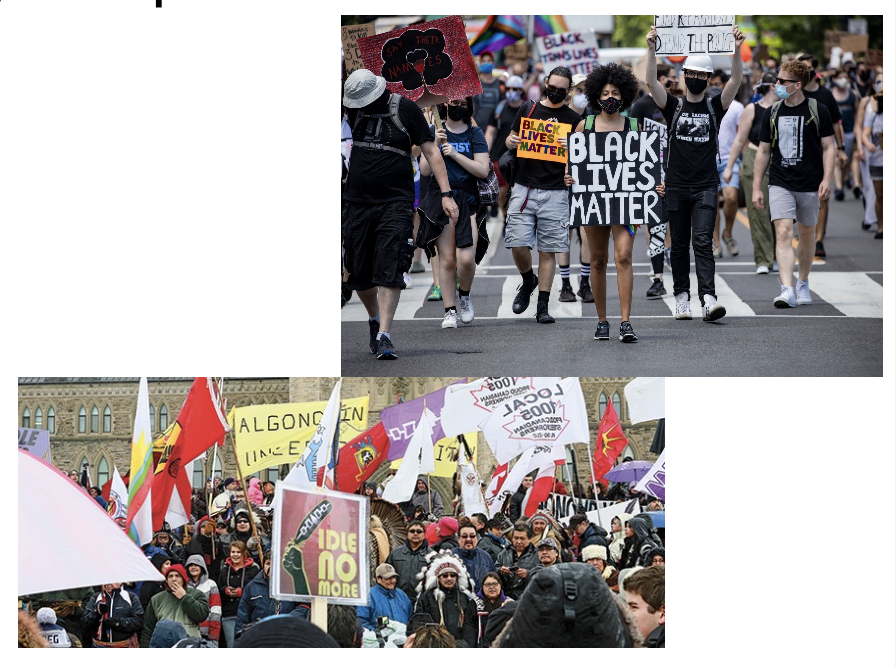
Intersectionality
In sociology, we often talk of various demographic variables like race, gender, immigration status, etc.
These variables can be isolated in a statistic model, but they are never isolated in experience
Intersectionality: intersecting identities are often associated with particular experiences of social inequality
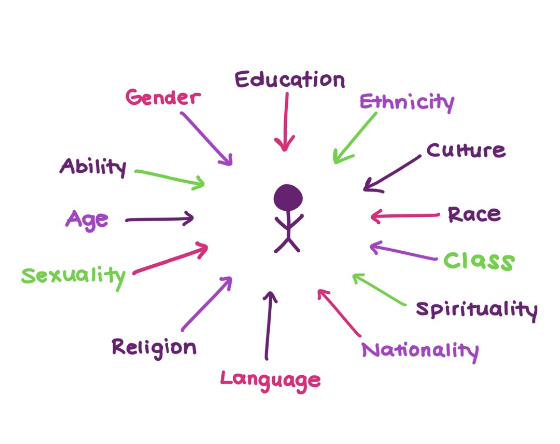
Inequality in lived experience
Are the disadvantages associated with group membership additive, or are there interaction effects? adds privileged and disadvantage identities (ex. white women suffer from gender bias and men of colour from racial bias, however their experience would differ from someone who is a woman of colour considering the WOC would experience both)
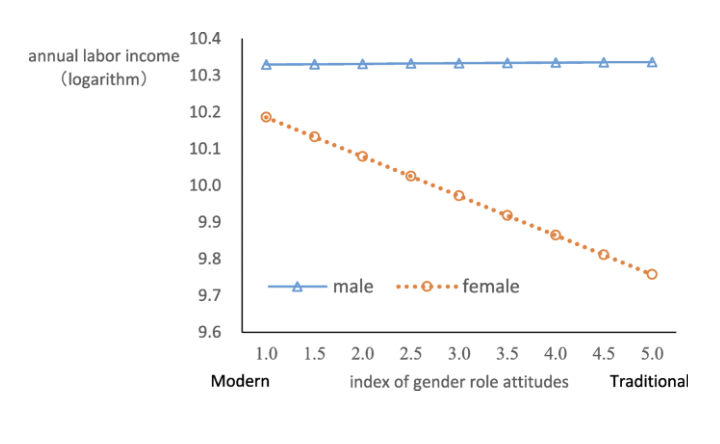 y-axis: income
y-axis: income
x-axis: gender
men has no relationship between gender and income
Race and Social Inequality
Race and social inequality in Canada
Race is a variable that exhibits patterned inequality in Canada
Wealth and income
Safety, victimization and access to police protection
Access to education
Health outcomes, including life expectancy
Social recognition
KEY TERMS
Race: physical difference skin colour, some physical difference
Ethnicity: shared culture (language, religion, material culture / traditions) same race different ethnicity, two white individual one from France one from America
Nationality: country of original citizenship
Racialization: the processes through which physical differences (i.e. skin colour) gets signified as a fundamental category
Observing race & social inequality
The sociological study of race and inequality can address this relationship at each of the levels of analysis: macro, mezzo, and micro
What does an investigation of the relationship between race and inequality look like if one is interested in the macro-level of analysis?
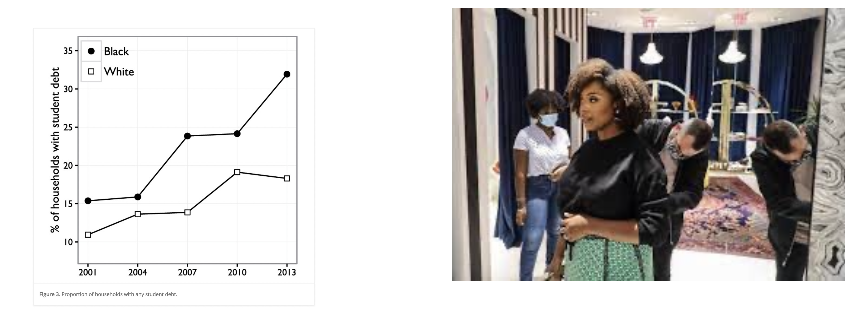
Racial makeup of Canadian society (2016 census)
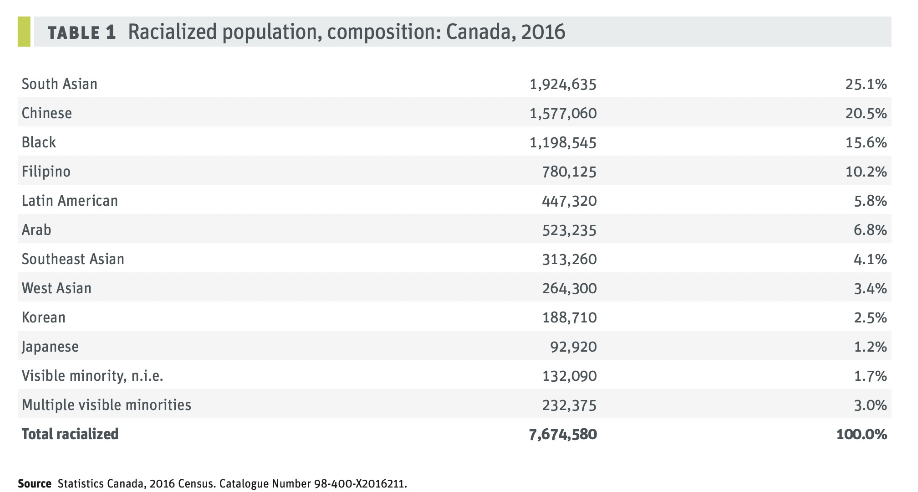 visible minority - two or more categories
visible minority - two or more categories
Labour market participation, by race
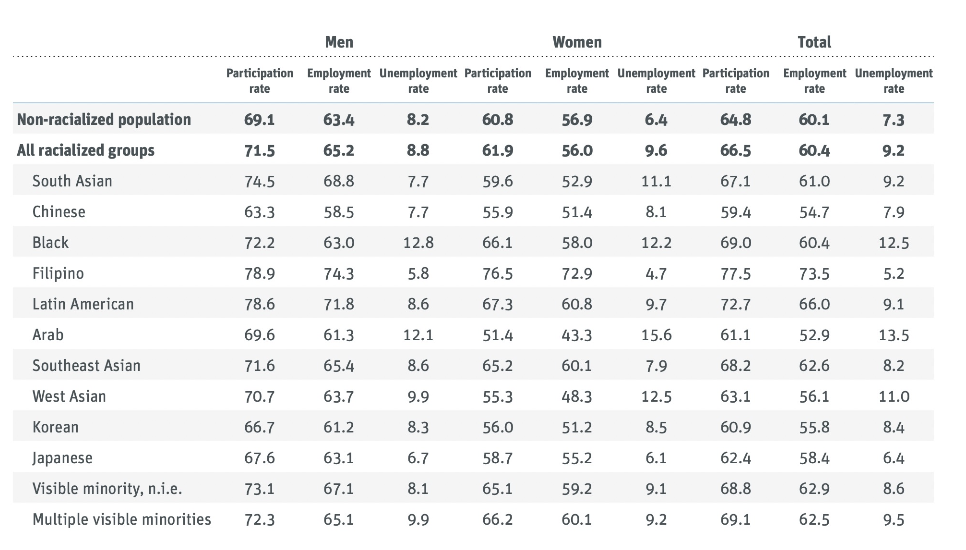
Income
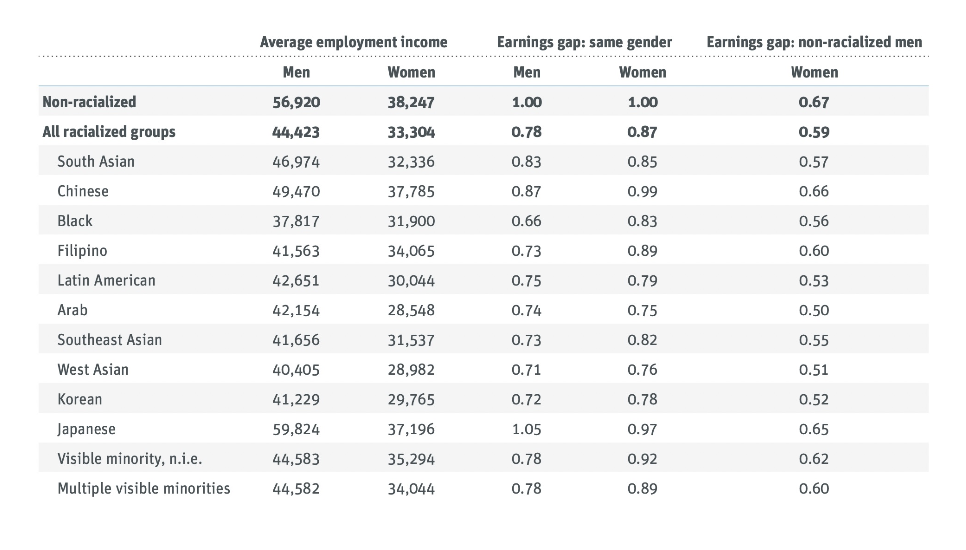
Immigration status effects


The subjective experience of racialization
The sociological study of race and inequality can address this relationship at each of the levels of analysis: macro, mezzo, and micro think about the dynamics in the micro that produce observations in the macro level
What does an investigation of the relationship between race and inequality look like if one is interested in the micro-level of analysis?

Du Bois: The Souls of Black Folk
Black Americans experience double-consciousness the condition of living as a racialize person in a culture dominated in whiteness, experience of living with these two contradictory views
Consciousness of one’s self; one’s own self- understanding
Consciousness of how one is perceived, both by white individuals and by the dominant white culture more generally
someone who is non-white has a different perspective how other people view them
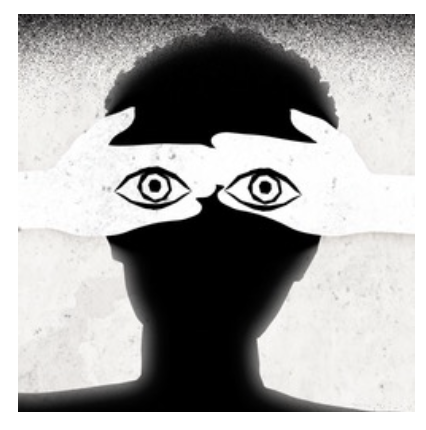
The Souls of Black Folk
(p. 127) Black Americans are “born with a veil, and gifted with second-sight in this American world – a world which yields him no true self-consciousness, but only lets him see himself through the revelation of the other world.” metaphorical object - veil, this is how race operates where it obstructs you can’t be seen as a individual

The veil
Du Bois’ concept of the veil describes the inability of escaping racial categorization for non-whites
barack obama (black person) became the president of the united states however his case the ‘veil’ was always on him “first black president”. obama won’t escape the comments about his race, always going to view as someone individual who occupies a certain race (black)
positive stereotypes - asian who is good at math vs asian who is not good at math, different reactions (people will be surprised if you aren’t good at math)
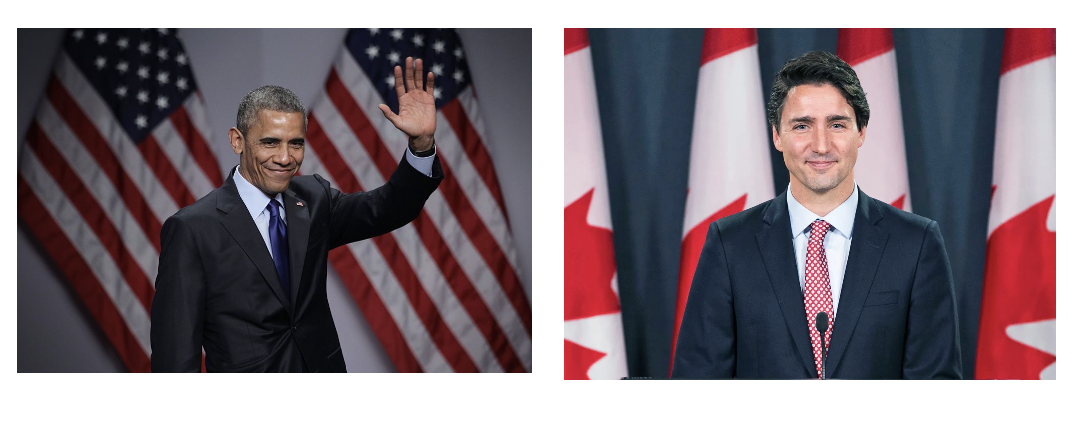
Integrating macro- and micro-level observations: race and upward social mobility
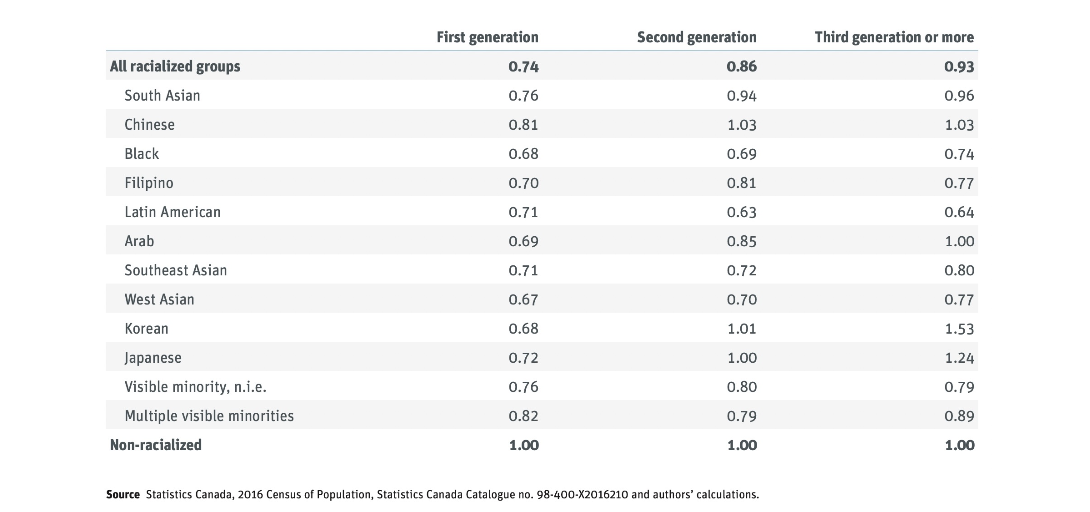
Income quintiles
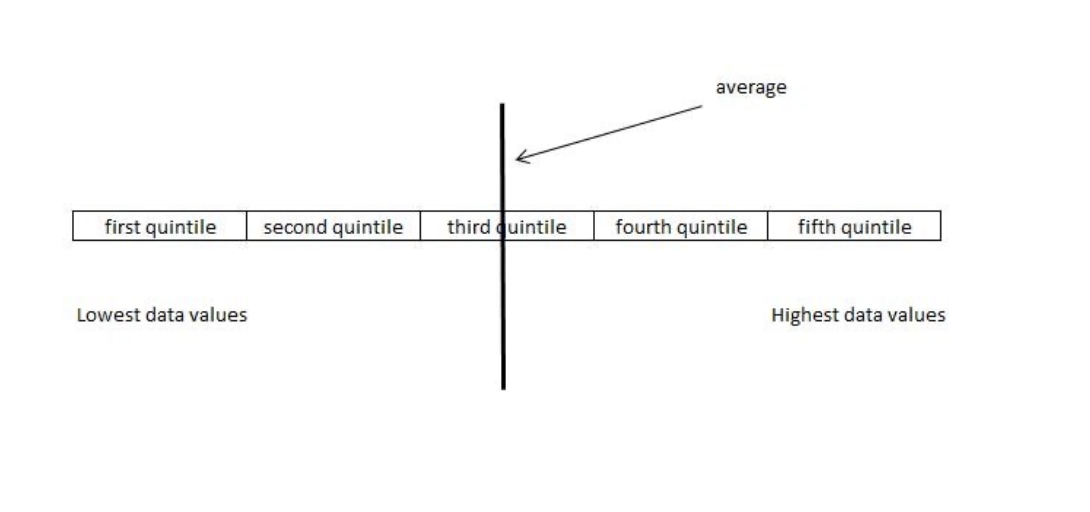

quintiles - splitting variables
Upward mobility in Canadian society
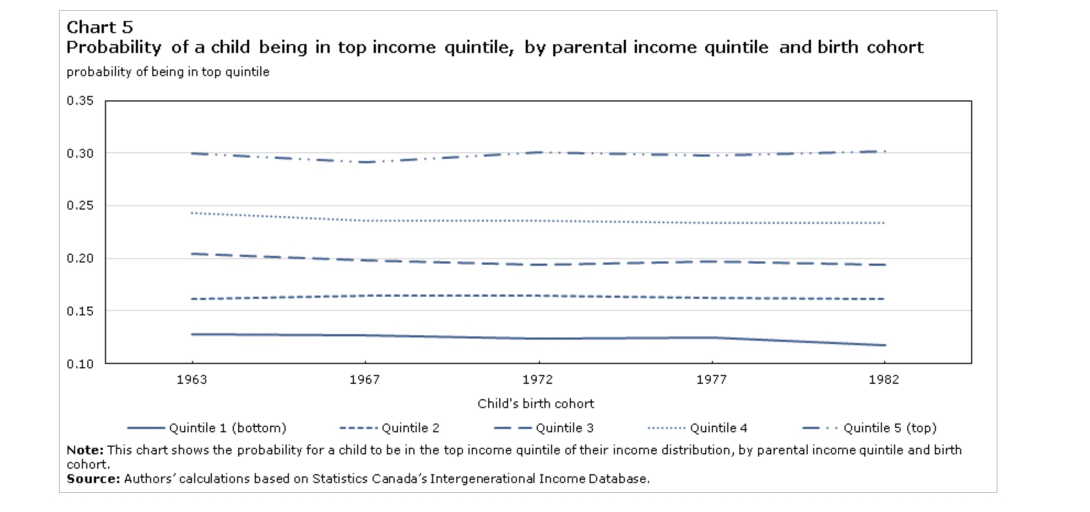
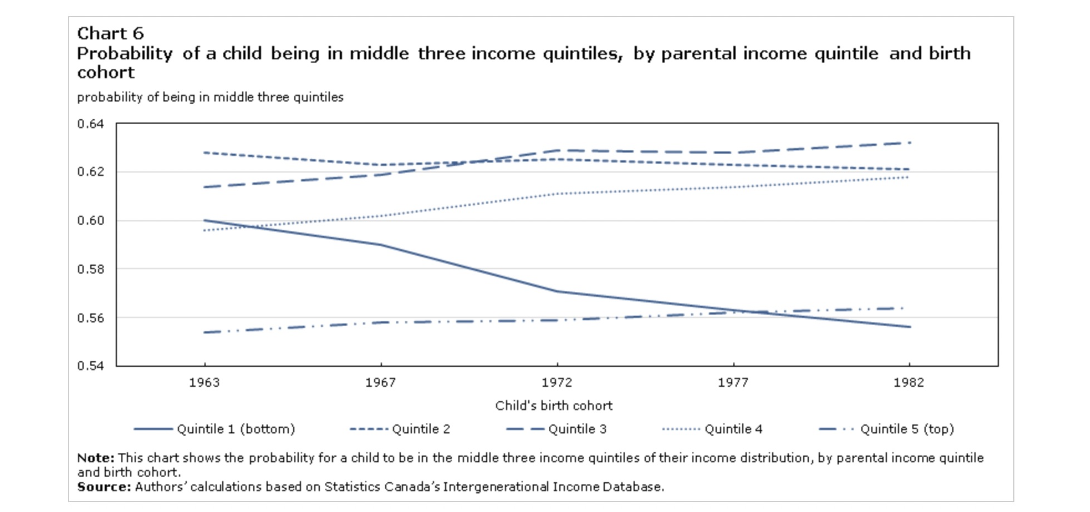
“findings show that the correlation between a child’s income rank as an adult and their parents’ income rank has been on an increasing trend” (Statistics Canada, 2021)
Education
While the relationship between post-secondary education and upward mobility is decreasing in Canada, education remains the single most important predictor of upward mobility
→ Getting a post-secondary education is by no means a guarantee of upward mobility
→ For most upwardly mobile individuals, education is an essential component for upward mobility
James (2019): “Adapting, disrupting, and resisting” Canadian Journal of Sociology
Study of Black middle school students in the GTA (Greater Toronto Area), in grades 6-8
Qualitative data gathered via focus groups group of people in an interview setting
Quantitative observations:
Black students have lower academic performance than their white peers
Black students are among the least likely to attend a 4-year degree program
50% of Black students who enrol in a 4-year degree program will not graduate
“Most schools have embraced the pervasive neoliberal discourse of individualism and merit, but in reality, the educational achievements or successes of Black youth do not depend solely on hard work, commitment, and persistence.” experience is different between black vs white individuals
The classroom is not the same environment for Black students as it is for other students
James (2019): Double-consciousness in public school
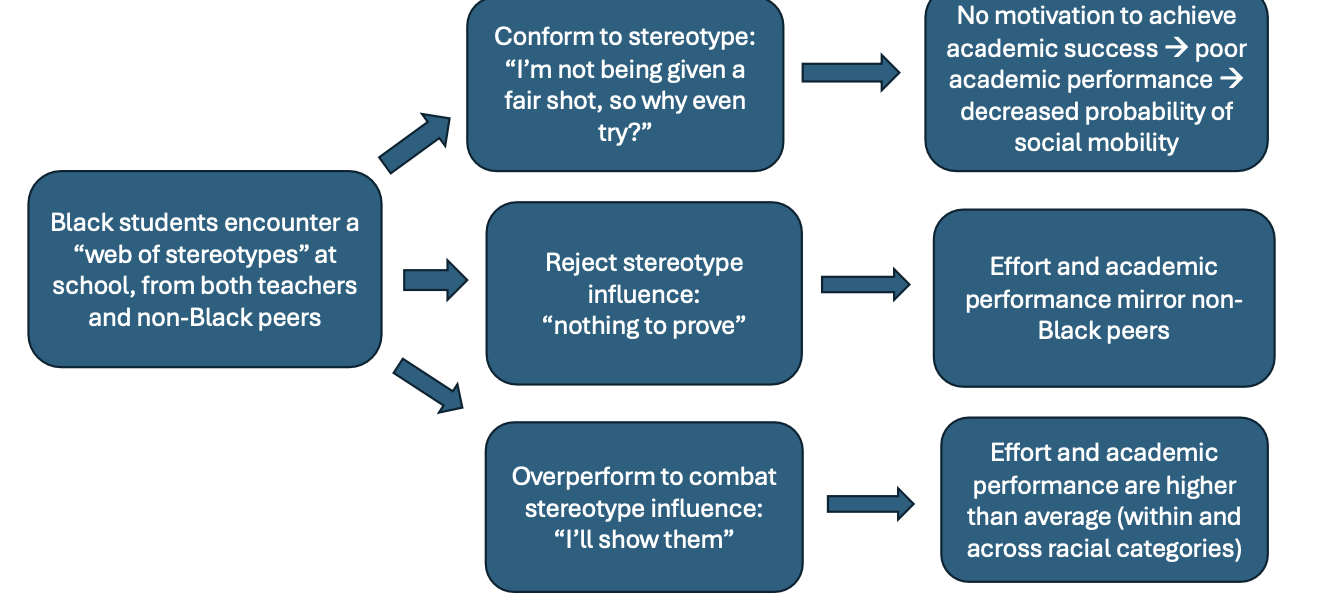
Web of Stereotypes by teachers and non-black peers:
More interested in sports (especially basketball) than academics disinterest in academic performance
More disruptive and disrespectful than peers engaging in the same behaviour with white students however when a teacher is intervening they target the black students and punish them harsher (association to criminality)
Lack of academic discipline
Criminality behaviour might interpreted as criminal
conformation to stereotype - not given a fair shot so why bother? → little motivation to achieve academic
rejection stereotype - attitude of ‘nothing to prove’, put in effort the way they put effort
over-perform to combat - adopting to the ‘game is fixed against me’ but i am determine to win (however they will be seen as an example of why we should we think things are fair)
Gender and Social Inequality
Patriarchy
Describes gender-based inequality
Political inequality and exclusion
Economic inequality in regard to women’s income, labour
Compulsory domesticity
Sexual violence
Gayatri Spivak, post-colonial feminist theorist: The inequality that exists “from the bottom to the top” meaning that it doesn’t matter what area of social life there’s going to be gender-based inequality
Gender and economic inequality
Historically, women were excluded from many sectors of the paid labour force
However, since the mid 20th century, women’s participation in full time employment has risen every year other than 2020 (which also showed a reduction in full time employment for men)
Despite women’s increasing representation in full time employment, gender-based economic inequality is still evident in Canadian society despite there is an increase of occupation availability there is still a problem about their income
Occupational sex segregation: women are concentrated in lower income professions (daycare workers, domestic service providers, etc.)
Vertical occupational sex segregation: within every occupation (including high income professions), women are clustered in the lower income earning sectors of the occupation
Gender inequality at home
Despite increased labour market participation, women continue to perform the majority of unpaid labour in the home
Childcare, cooking, cleaning: labour that is necessary to achieve daily social reproduction
Women are responsible for performing the majority of this labour, both when it is unpaid (i.e. in the context of a family) and as low- wage, low-prestige, often precarious employees
OEDC Gender Institutions and Development Database, 2019
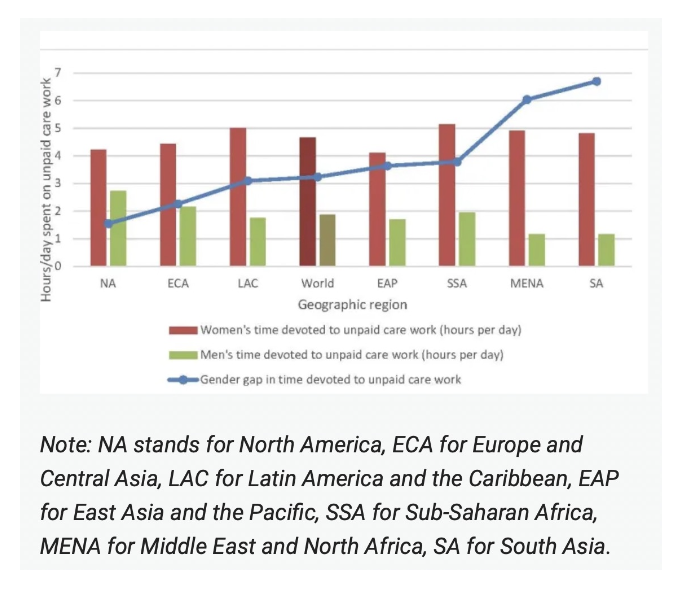
Cano & Hofmeister (2023) The intergenerational transmission of gender
empirical research
Study of heterosexual families with children in Australia same household
Children born between March 1999-February 2000
Representative sample, N = 2796 children
For each child, both the mother and father completed surveys
Longitudinal survey data: the same people were surveyed 6 times, over the course of 10 years (children ages 4-14)
Dependent variable: Gender-role attitudes
How strongly do you agree with the following statements:
(a) It is better for the family if the husband is the principle breadwinner outside the home and the wife has primary responsibility for the home and childrenstrongly disagree - most egalitarian, strongly agree - most traditional
(b) If both, husband and wife, work, they should share equally in the household and childcare
strongly disagree - most traditional, strongly agree - most egalitarian(c) Ideally, there should be as many women as men in important positions in government and business
strongly disagree - most traditional, strongly agree - most egalitarianAt age 14, children answered each of these questions by responding to a 5- point likert scale (strongly agree-strongly disagree)
Scores for all three questions were averaged (with the scores for (a) reverse- coded) → Children’s gender-role attitudes
Independent variables
parenting style (warm/sensitive vs. authoritative)
Time spent doing childcare
Time spent doing unpaid housework
Measured these variables for both fathers + mothers

Results: Fathers’ influence on their children’s gender-role attitudes
Father’s time spent on childcare is associated with more egalitarian gender role attitudes at age 14
Effect households even when the gender role attitudes of the father and mother are introduced as variables (although the inclusion of these variables decreases the effect size)
Implicit vs explicit socialization!
Father’s time spent on unpaid household labour when children are young is associated with more egalitarian attitudes about gender roles at age 14
Largest effect size
Father’s parenting style (warm vs. authoritative) had no effect on gender role attitudes
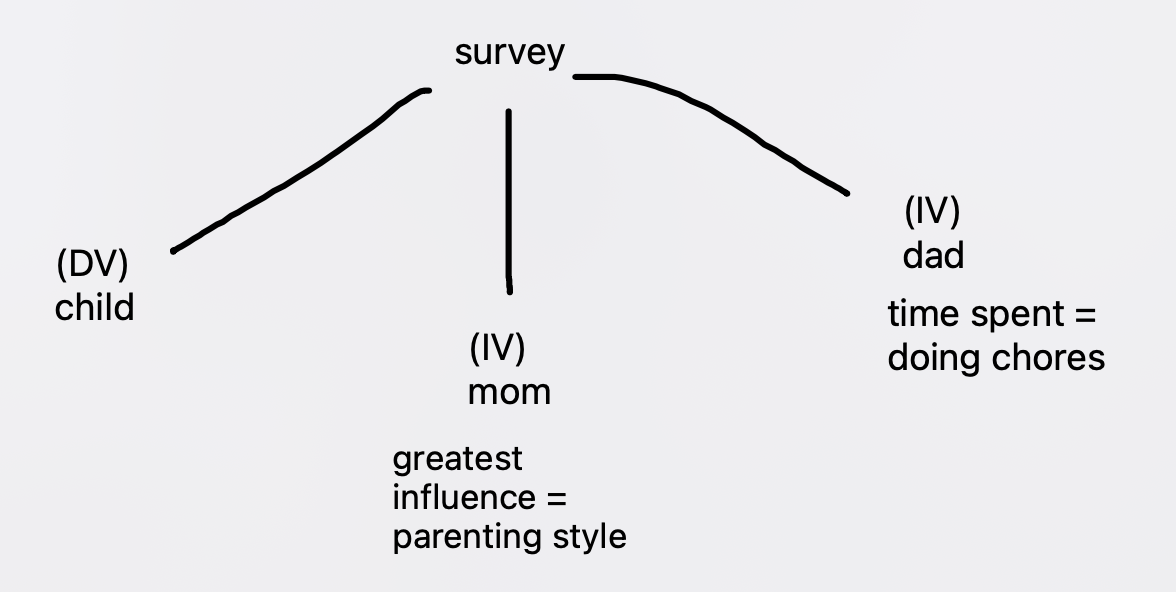
dad
increase child time = child’s attitude are more egalitarian
increase housework = child’s attitude are more egalitarian
Results: Mothers’ influence on their children’s gender role attitudes
Mothers’ time spent on childcare had no effect on children’s gender role attitudes whether how many hours spent on kids there is no affect
Mothers’ time spent on housework had a negative effect on gender role attitudes more time spent on housework chores = less egalitarian
Mothers’ parenting style had the largest effect on gender role attitudes, which children raised by more warm/sensitive mothers having more egalitarian gender role attitudes than children raised by authoritative mothers
Largest effect size